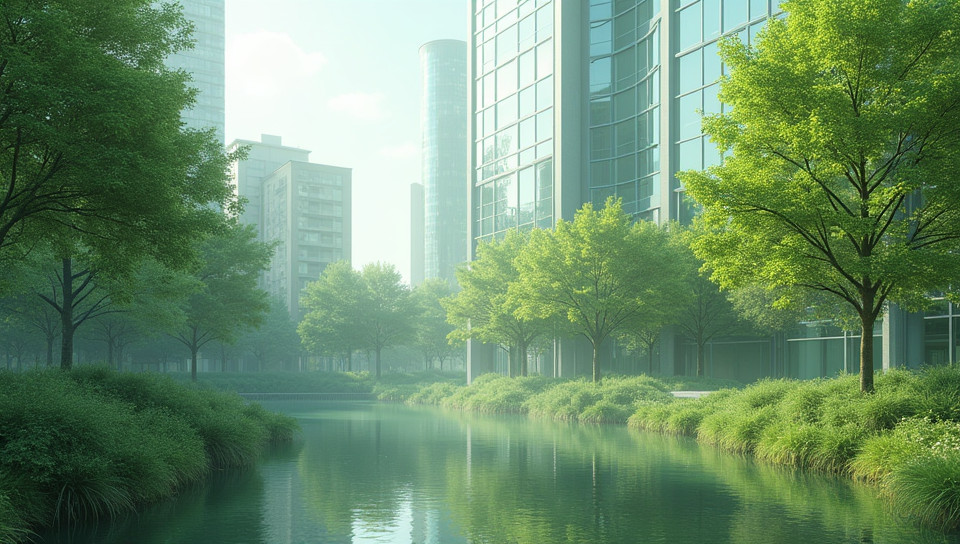Green buildings have poor indoor air quality 22%

The Dark Side of Sustainability: Why Green Buildings Can't Always Guarantee Good Air Quality
When we think of green buildings, we often associate them with cutting-edge technology and eco-friendly practices that minimize harm to the environment. However, a closer look at the data reveals a surprising truth: many green buildings struggle with poor indoor air quality.
What is Indoor Air Quality?
Indoor air quality refers to the level of pollutants present in the air within a building. This can include a range of substances from carbon dioxide and particulate matter to volatile organic compounds (VOCs) and radon. Poor indoor air quality has been linked to a host of health problems, including respiratory issues, headaches, and even long-term conditions like cancer.
The Challenges Facing Green Buildings
Green buildings are designed with sustainability in mind, incorporating features such as energy-efficient systems, natural ventilation, and recycled materials. However, these very same design elements can sometimes contribute to poor indoor air quality.
- Insufficient filtration: While green buildings often incorporate advanced air filtration systems, they may not always be sufficient to remove all pollutants from the air.
- Increased VOCs: The use of low-VOC paints and finishes is a common practice in green building design. However, these materials can still emit chemicals into the air, contributing to poor indoor air quality.
- Reduced ventilation: Green buildings often rely on natural ventilation techniques like solar chimneys or wind towers. While effective for reducing energy consumption, these systems may not always provide adequate airflow to remove pollutants from the air.
The Importance of Monitoring and Maintenance
While green buildings can struggle with poor indoor air quality, there are steps that can be taken to mitigate this issue. Regular monitoring of indoor air quality is essential, using tools like sensors and air quality monitors to track pollutant levels. Additionally, regular maintenance of HVAC systems and air filtration units is crucial to ensure they are functioning correctly.
Conclusion
Green buildings have the potential to provide a healthier and more sustainable living environment for occupants. However, their design elements can sometimes contribute to poor indoor air quality. By understanding these challenges and taking steps to monitor and maintain indoor air quality, we can create green buildings that truly deliver on their promise of sustainability and wellness. It's time to rethink our approach to green building design and prioritize the health and well-being of occupants above all else.
- Created by: Arjun Singh
- Created at: Dec. 19, 2024, 4:40 p.m.
- ID: 16868









